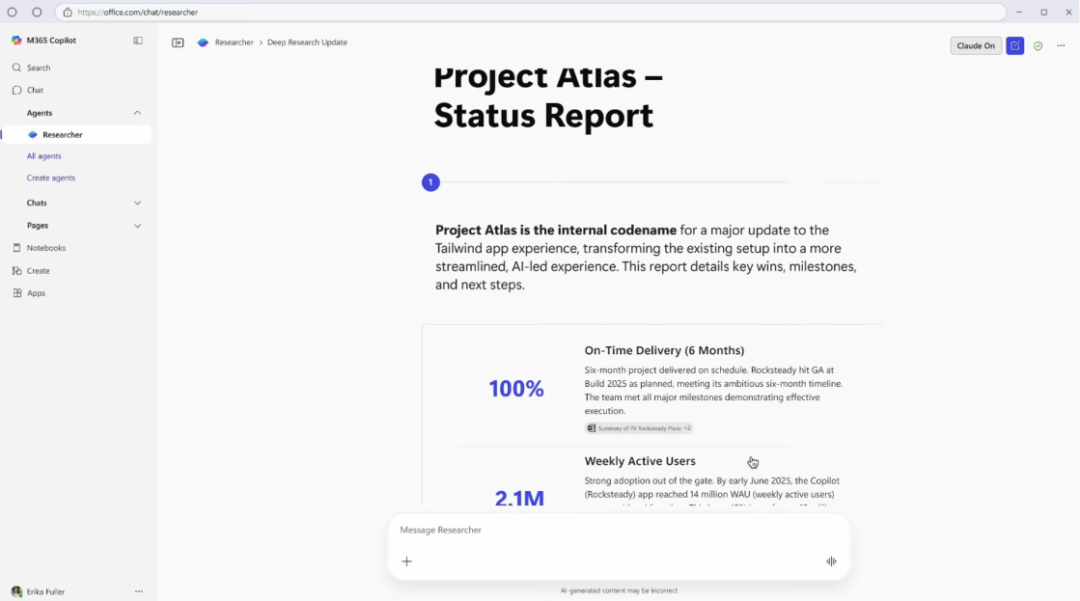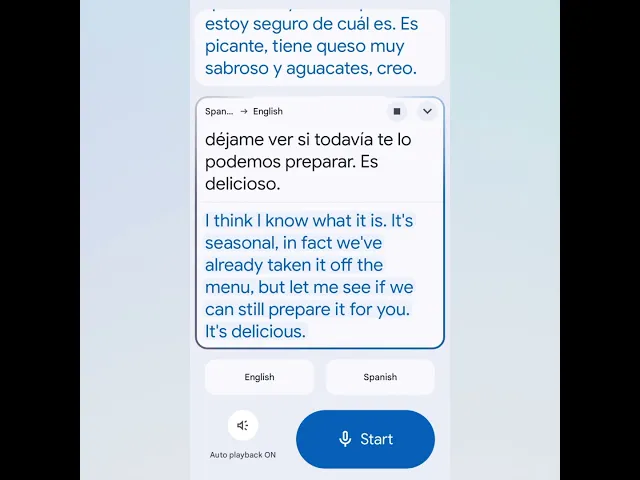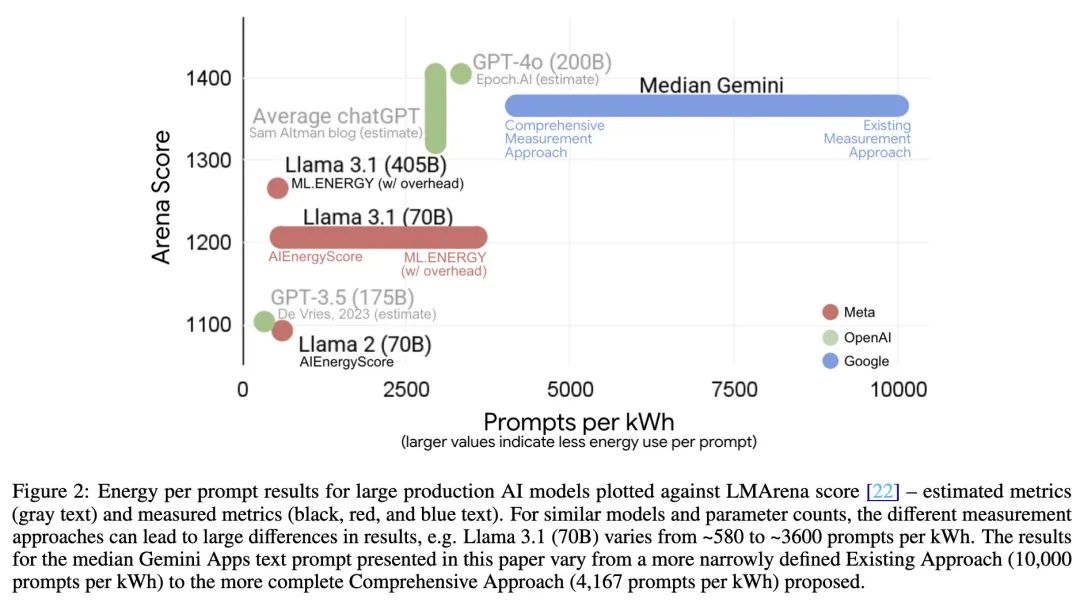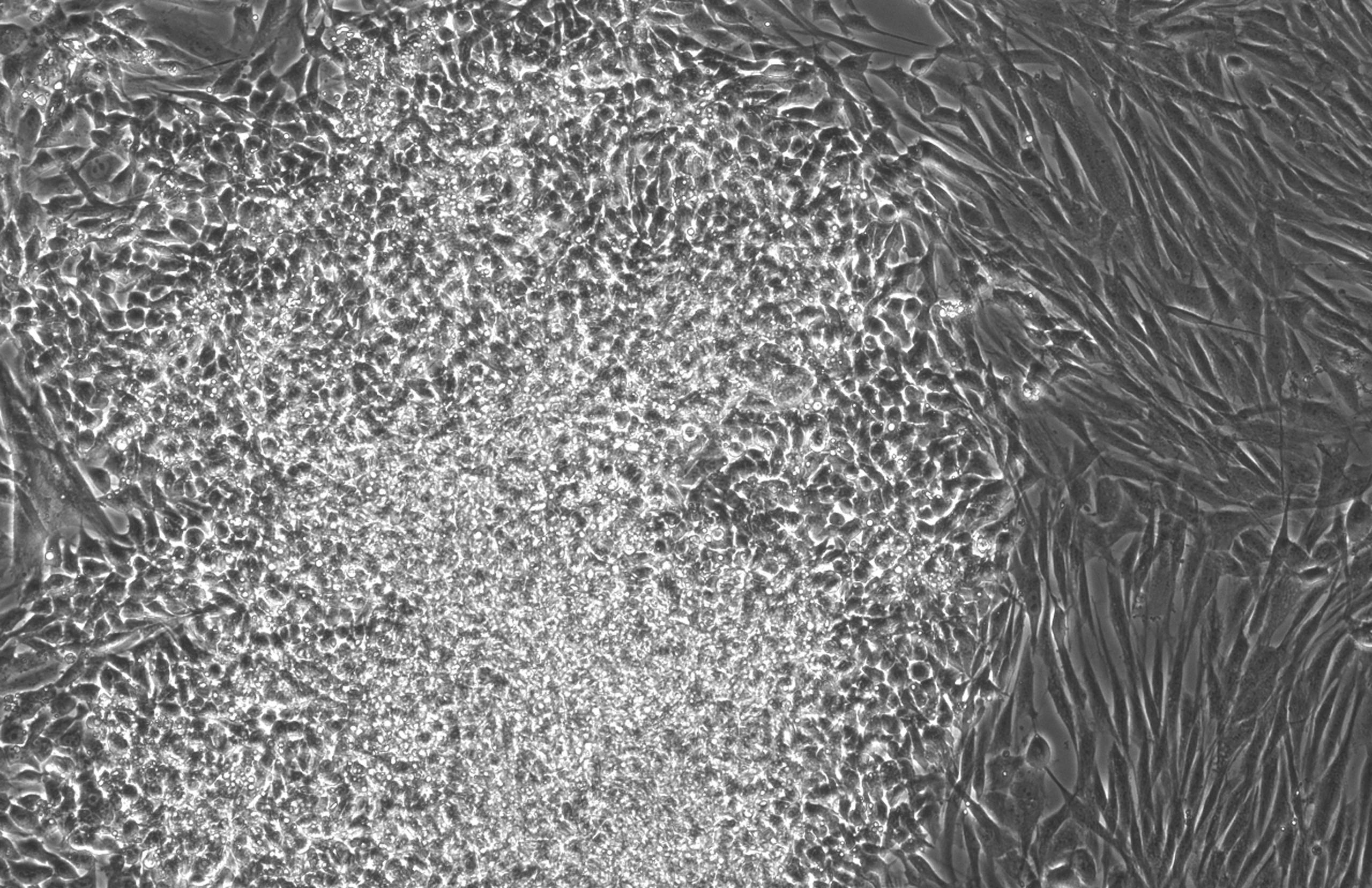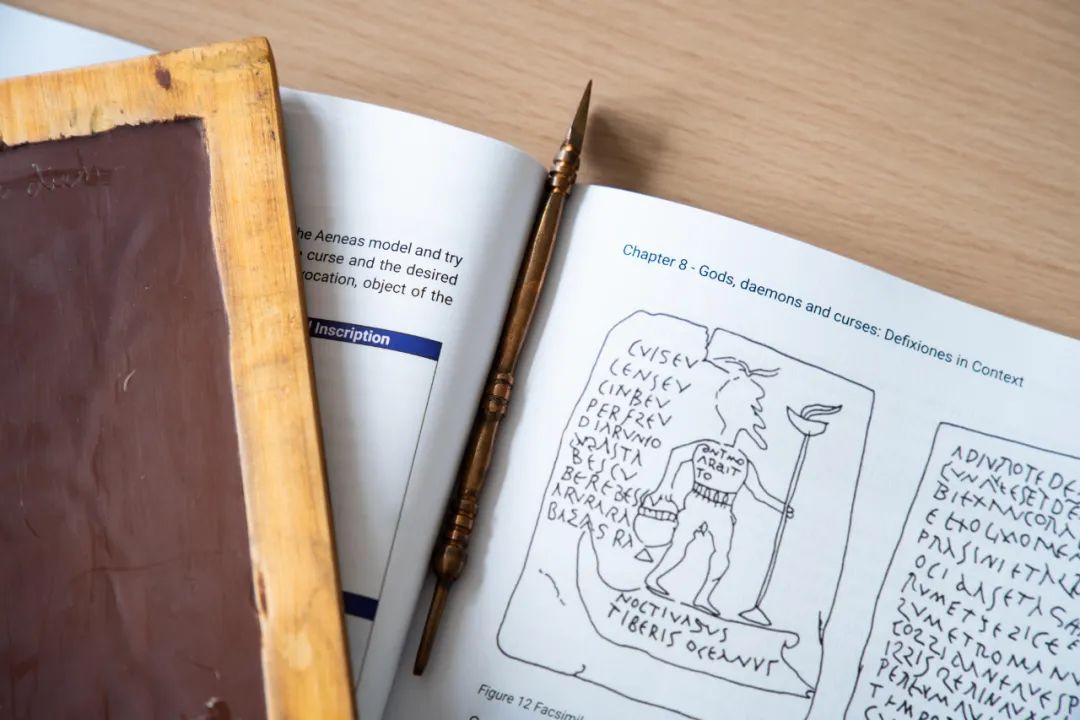
Writing is the cornerstone of human history, and inscriptions, one of the earliest forms of writing, provide us with a direct window of insight into ancient civilizations. From the decrees of emperors and epitaphs of fallen soldiers to everyday business transactions and wall graffiti, these inscriptions, carved into stone, metal, or pottery, are snapshots of daily life in the Roman Empire. [1, 2] However, due to weathering, breakage, and vandalism, a large number of inscriptions have become mutilated, posing a great challenge to historians' interpretation efforts.
Traditional digitization methods usually stop at the level of text matching, making it difficult to cope with tasks that require complex reasoning, such as the restoration of damaged texts, dating and geographical attribution. Historians must rely on personal experience and time-consuming comparisons in a vast array of documents.
In order to address this dilemma.Google DeepMind A team of researchers with the University of Nottingham and other institutions have launched a program called Aeneas A multimodal generative AI model. The model, published in the journal Nature, is designed to assist historians in processing Latin inscriptions from the 7th century BC to the 8th century AD. [1]
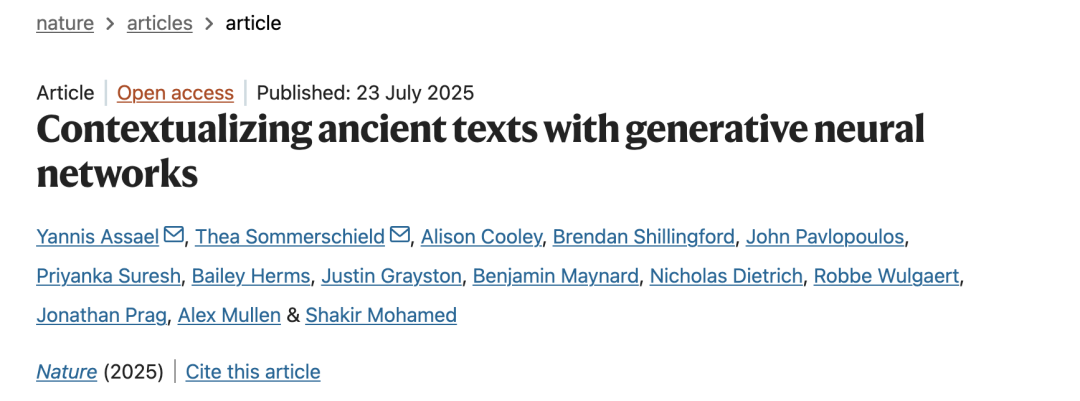
How Aeneas Restores Pieces of History
About 1,500 new Latin inscriptions are discovered each year, but the task of deciphering them is fraught with difficulties. [The length and content of the missing parts of the texts are unknown, which makes restoration a needle in a haystack.
Aeneas was designed with this very challenge in mind. It is a multimodal model capable of analyzing both the image and the transcribed text of an inscription, a first of its kind tool. [2]
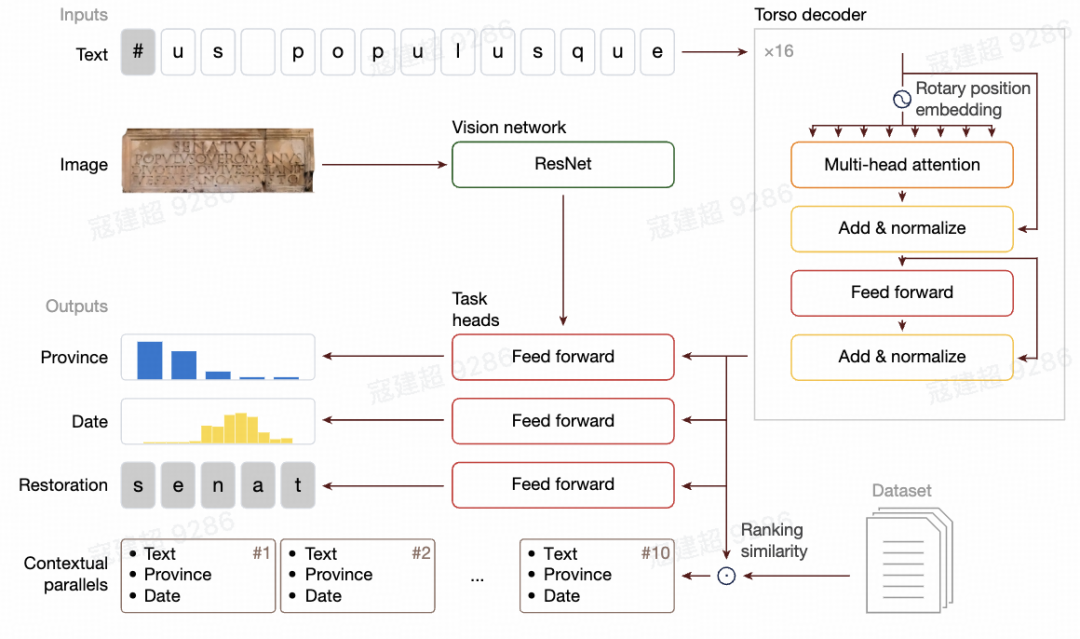
Its core competencies are reflected in the following areas:
- Unknown length text fix: Compared to its predecessor, which focused on ancient Greek
IthacaModel.AeneasOne of the biggest breakthroughs was the ability to repair gaps in text of unknown length. [4, 5] This is crucial for dealing with severely damaged inscriptions. For example, when confronted with a fragmented piece of military paperworkAeneasHigh probability fixes can be suggested without prior knowledge of how many characters are missing. - context-sensitive parallel searchThe model is able to quickly retrieve "parallel texts" in its training database of more than 176,000 Latin inscriptions that are similar in content, style, or provenance to the inscription under study [2, 3], which greatly reduces the time it would otherwise take historians weeks or even months to complete. [2, 3] This dramatically shortens the comparison process, which would otherwise take weeks or even months for historians to accomplish.
- multimodal analysis: By combining textual and graphic information
AeneasPerforms better than the text-only model in determining the geographic origin of inscriptions. Visual cues such as the type of stone and the style of carving provide an additional basis for modeling judgments. [2]
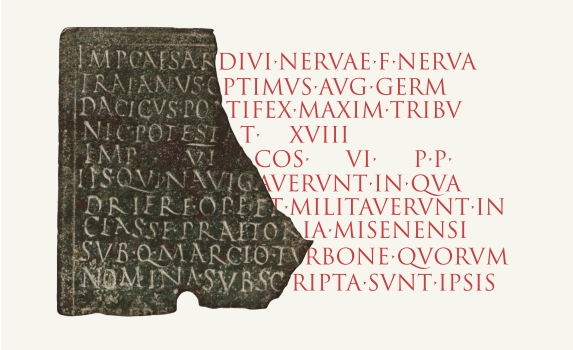
Human-Machine Collaboration: Proof of 1+1>2
In order to test Aeneas of real-world effectiveness, the research team conducted a collaborative human-computer experiment. The experiment invited 23 inscription experts of different levels to work with the Aeneas Interaction.
The results are pretty amazing:
- Precision of generation break::
AeneasThe average error in predicting the age of the inscriptions is only 13 years, with a median error of 0 years, which is almost exactly in line with the range given by historians. [4] - Collaborative efficiency: in
Aeneasaided by the historian, the historian outperformed either a human or the AI working alone on tasks such as text repair and geographic attribution. In the case of 90%, the historian argued that theAeneasThe parallel texts provided are highly valuable starting points for research. [5]
These data suggest thatAeneas Not to replace historians, but to become a powerful "research partner", freeing experts from tedious data comparison and focusing on higher-level analysis and interpretation.

The Future of AI in the Humanities
Aeneas The emergence of AI marks a new stage in the application of AI in the humanities. It is not only a search tool, but also a "thinking" tool that can generate hypotheses and simulate the process of expert analysis.
Of course, the model also has limitations. Currently, the inscription data that can be matched to high-quality images only accounts for 5%, which limits the full utilization of its multimodal capability. [5] In addition, how to better handle the uncertainty of historical dating (e.g., a time range that spans a large period of time) is also a direction that needs to be improved in the future.
Nevertheless.Aeneas The potential for applications extends far beyond Latin inscriptions. Its architecture can be adapted to any ancient language and writing medium, be it papyrus, manuscripts or ancient coins.[2] This opens up new possibilities in the field of archaeology and the humanities more generally. [2] This opens up new possibilities for archaeology, classics, and the broader humanities.
The emergence of such tools is prompting researchers to rethink the way they work. When AI is able to efficiently process massive, fragmented information, the core value of historians will be more in asking the right questions, explaining complex historical causal chains, and conducting critical analysis with a discursive approach. Aeneas The significance of this is perhaps not in how many answers it gives, but in how many new questions it inspires scholars to ask.





